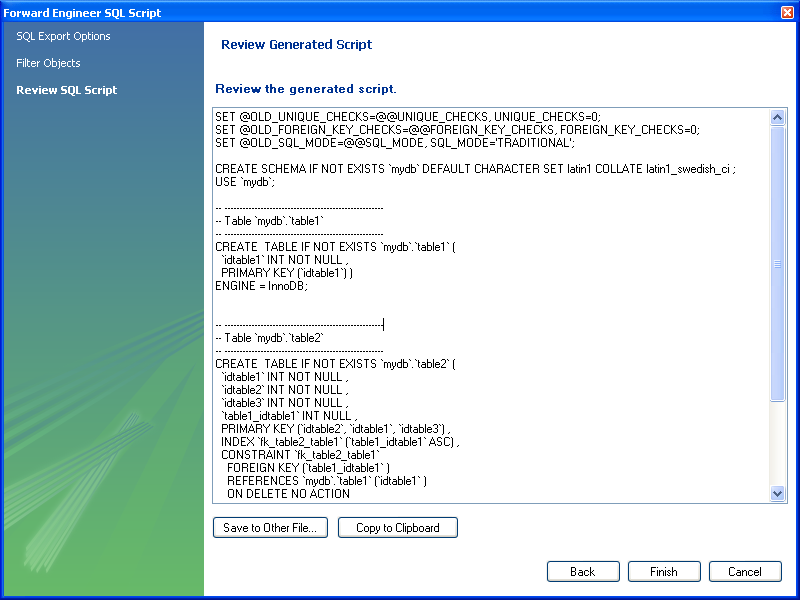Different Types of SQL Keys
※ Download: Primary key and foreign key in sql with examples pdf
It is worth noting that foreign keys allow NULL, while the primary key does not. Enrollment table will be making links to students table, as well as courses table. Please click on the Add button to add new relation.

These referential action delete or update matching column in child table foreign key table when corresponding row from parent table primary key table is deleted or updated to maintain integrity of data. An index enables the Database Engine to quickly find related data in the foreign key table. If the rows in a table were mailboxes, then the primary key would be the listing of street addresses. Examples might be simplified to improve reading and basic understanding.

Different Types of SQL Keys - CASCADE cannot be specified if a timestamp column is part of either the foreign key or the referenced key. It can be a Candidate key, Primary key.

By the way, what is a foreign key in a table and difference between Primary and Foreign key are some of the popular SQL interview questions, much like or? We have been learning key SQL concepts along with these frequently asked SQL questions and in this SQL tutorial, we will discuss what is a foreign key in SQL and purpose of the foreign key in any table. By the way, this is the third article related to a primary key in SQL, other being and. If you are preparing for any technical job interview where you expect some SQL questions, check out these questions, they are worth preparing. A Foreign key is a column in one table which is the primary key on another table. Foreign key and a Primary key is used to define relationship between two tables in relational database. Foreign key in a table enforce , which can be used to implement business rules e. This kind of check maintains integrity of data in a relationship. As discussed in our post , we have seen that it's implemented as foreign key constraint and can allow CASCADE UPDATE and DELETE. These referential action delete or update matching column in child table foreign key table when corresponding row from parent table primary key table is deleted or updated to maintain integrity of data. It could have been different e. This is one of the benefit of using Referential Integrity. It also allow to CASCADE UPDATE and DELETE operation which first delete or update a row in parent table e. Customer and then delete or update all matching rows in child table e. That's all on what is foreign key in a table and difference between primary and foreign key in SQL. I suggest to create some table by yourself and try to test foreign key constraint by violating it and see how database e. Oracle, MySQL or SQL Server behaves. To understand more try ON DELETE CASCADE and ON DELETE UPDATE to see how database maintains foreign key constraint. You can also see my post on Further Learning.
However that does not sound like a good solution. SalesPerson table because there is a logical relationship between sales orders and salespeople. Syntax and Example There are two ways to declare foreign key 1 Inline declaration 2 Out-of-line declaration Inline declaration The column is defined as foreign key at column level in an inline declaration. Related Tasks The following table lists the common tasks associated with primary key and foreign key constraints. Example : Primary key, Unique key, Alternate key are subset of Super Keys. When a DELETE statement causes a combination of CASCADE, SET NULL, SET DEFAULT and NO ACTION actions, all the CASCADE, SET NULL and SET DEFAULT actions are applied before the Database Engine checks for any NO ACTION. This topic contains the following sections. If nullability is not specified, all columns participating in a primary key constraint have their nullability set to not null. Referential Integrity Although the main purpose of a foreign key constraint is to control the data that can be stored in the foreign key table, it also controls changes to data in the primary key table.



